Getting kids interested in science can be challenging. The Library of Congress has many online resources available to K-12 educators and their students including lesson plans, reading lists, and more that each relate to a specific topic in science. You can find these resources by visiting https://www.loc.gov/education/. This time we are featuring the list entitled, “Teaching Astronomy.” The list is found at https://www.loc.gov/rr/scitech/SciRefGuides/astronomy.html.
Summer break is just around the corner – and while we know your plans for this school year are all set, perhaps you’re looking to broaden your horizons a bit for next year. Pun intended. Summer break, with its lazy days and the ability to stay up late and sleep in, provides the perfect opportunity for you and your students, both at school and home, to become familiar with the night sky. The Science Reference Guide that provided the sources for this blog entry is quite extensive – sixteen pages! – so we are reviewing only five of the books listed. Keep in mind the guide contains not only books, but online resources, journals, text books, and myriad of things related to astronomy, including mythology. Astronomy teachers looking to mix it up a bit in their classrooms can find plenty of resources and inspiration for new ways to teach old topics.
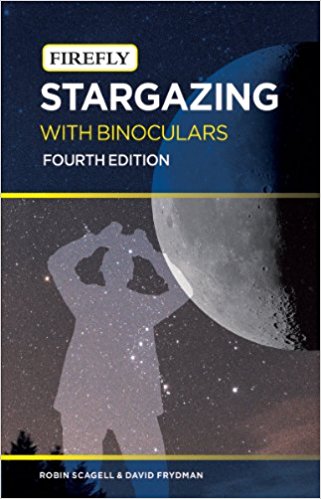
The first book is a Firefly book that is small enough to be portable. Stargazing with Binoculars, by Robin Scagell and David Frydman, contains easy-to-understand text, full-color photographs and charts, and month-by-month diagrams of the night sky in both the Northern and Southern hemispheres. The third chapter takes observers month-by-month through an entire calendar year, and includes discussions of basic astronomical concepts like star clusters and the life cycle of stars. This is an excellent beginners’ resource, and paired with a pair of binoculars could make a great gift for the young astronomer. In fact, there is a guide for purchasing binoculars near the end of the book. 208 pages with index, ISBN-13 978-1-77085-043-9
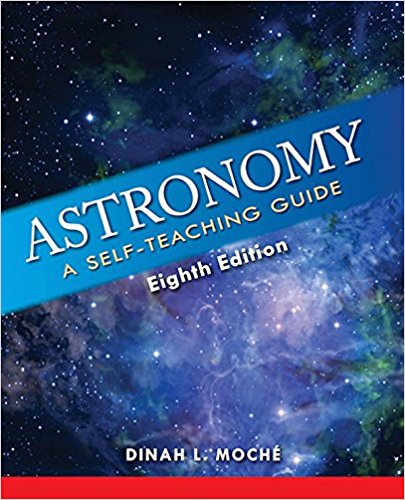
Another book for beginners is Astronomy: A Self-Teaching Guide by Dinah L. Moché, Ph.D. Written in a textbook format with questions and space for answering them, this book is more complicated than the Firefly book described above. For example, in the chapter about the solar system, properties of the planets are listed in table format, including orbital velocity, eccentricity of orbit, mass, and similar measurements. There are a few full-color photographs in the middle, but for the most part this book contains black-and-white diagrams and photographs, including some highly technical drawings. This book is ideal for the science-minded teenager or adult interested in astronomy but without means or time to take a formal class. 368 pages, ISBN 978-1-62045-990-4
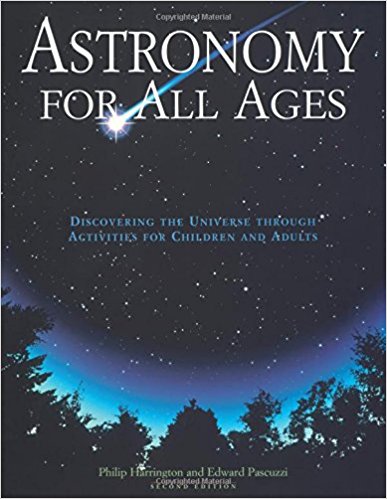
Families looking for activities to do together might enjoy Astronomy for All Ages by Philip Harrington and Edward Pascuzzi. This book contains fifty-one activities ranging from simple to quite complicated, all designed around learning about the night sky and how to observe it. Some of the activities are very simple, like learning how to locate specific constellations. The more complicated activities make good parent-and-child projects. For the most adventurous, the book even contains plans and directions to build a reflective telescope. One nerdy NEED staff member has already added this book to her wish list! 214 pages, ISBN 0-7627-0809-3
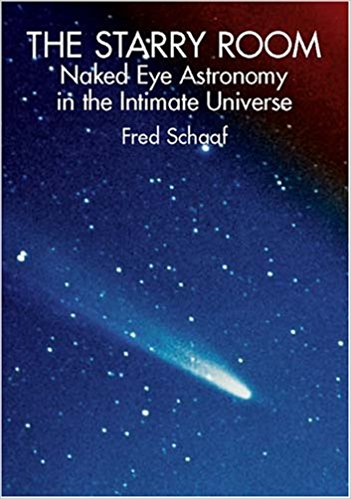
The Starry Room: Naked Eye Astronomy in the Intimate Universe by Fred Schaaf is less a “how-to” book and more of a “how-I” book. Schaaf describes his personal experiences stargazing and makes the case for observing the night sky unassisted by any magnification. Copyrighted in 1988, the book pre-dates modern imaging technology like the Hubble telescope. Schaaf writes in crisp detail his fascination with and love for observing all things astronomical. 264 pages, ISBN 0-471-62088-2
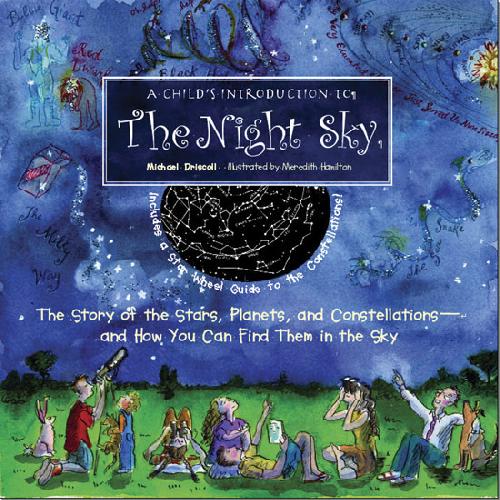
Our last book review is A Child’s Introduction to the Night Sky: The Story of the Stars, Planets and Constellations – and How You Can Find Them in the Sky by Michael Driscoll with illustrations by Meredith Hamilton. The best way to describe this book is to say, if we were ten years old again, we all would want this book! The illustrations are both vivid and accurate. Complicated concepts, like how gravity warps the fabric of space-time, are illustrated in a manner that makes them easy to understand. The constellations are described, with their names and outlines of the figures they represent. A simple rule-of-hand diagram demonstrates how to determine angles in the night sky. The book includes two pages of glow-in-the-dark astronomy stickers and a night sky finder! This very cool book would be a fantastic gift for anyone wanting to encourage a youngster to put down the smart phone and look at the night sky. The reading level is upper-elementary level, so young children will want this book read to them. One topic is described within a few pages, providing good stopping points along the way. It makes a great opportunity for adults and children to learn something new together, then go outside and apply their knowledge. 93 pages, ISBN-13 978-1-57912-366-6
